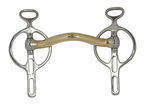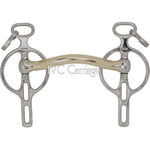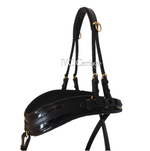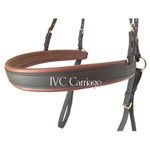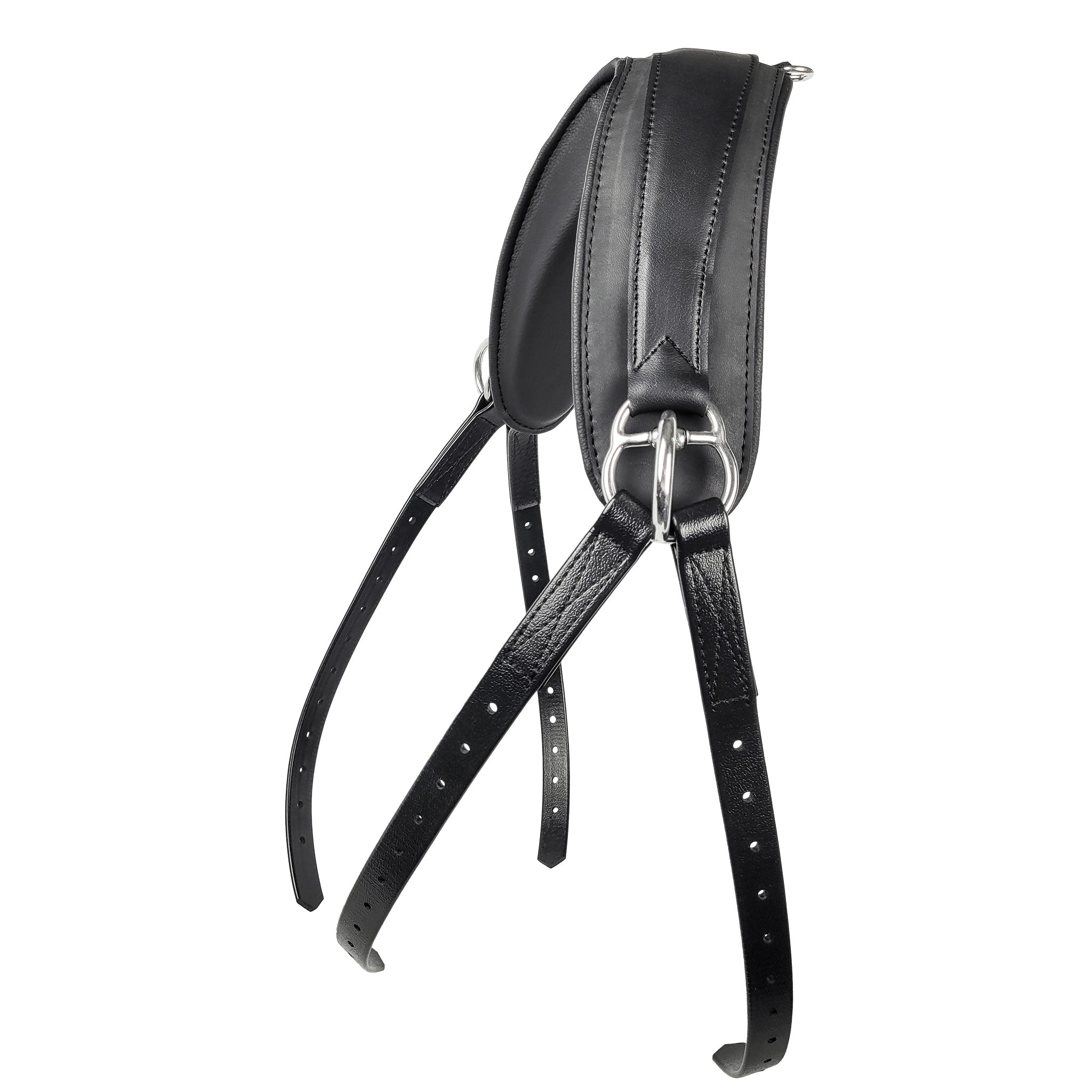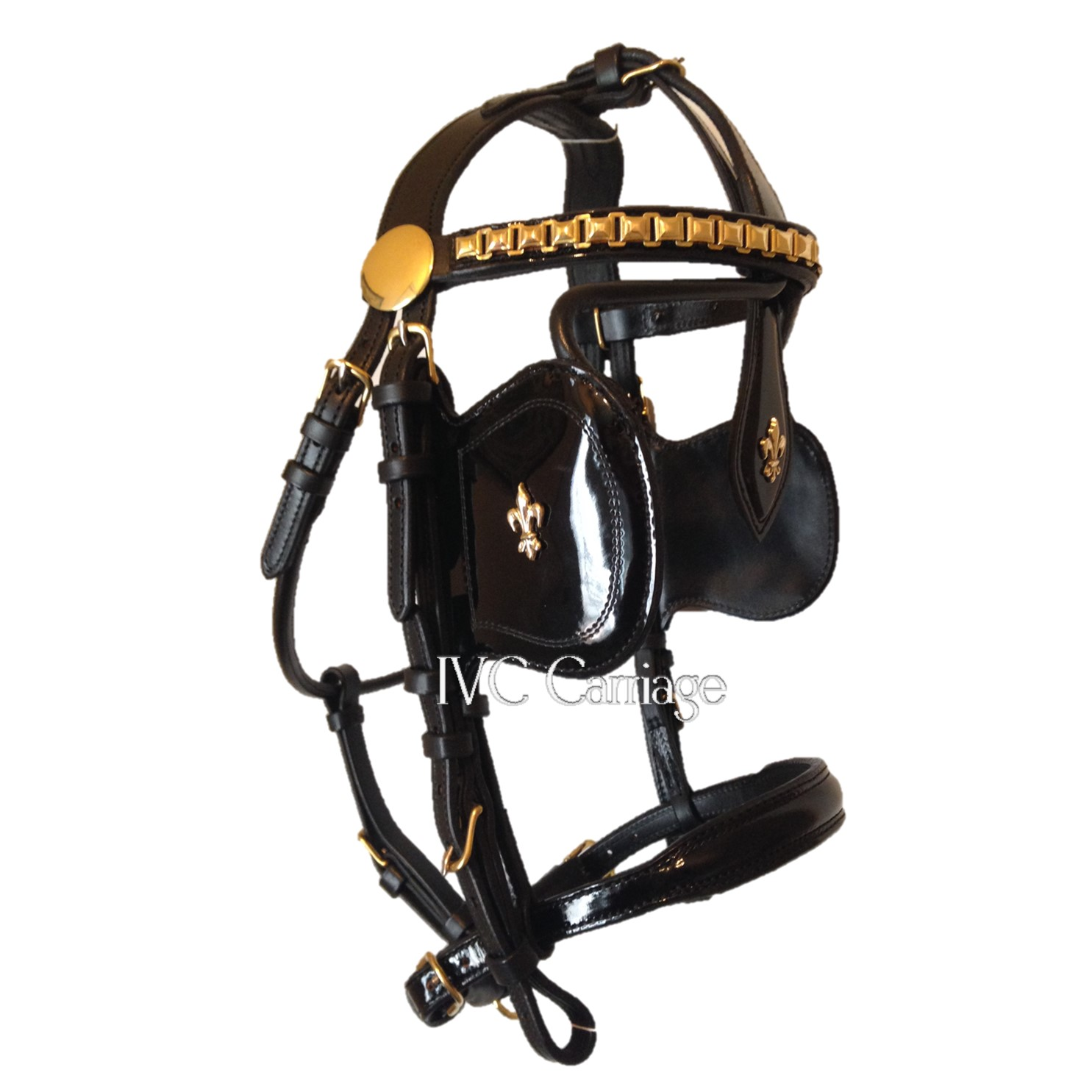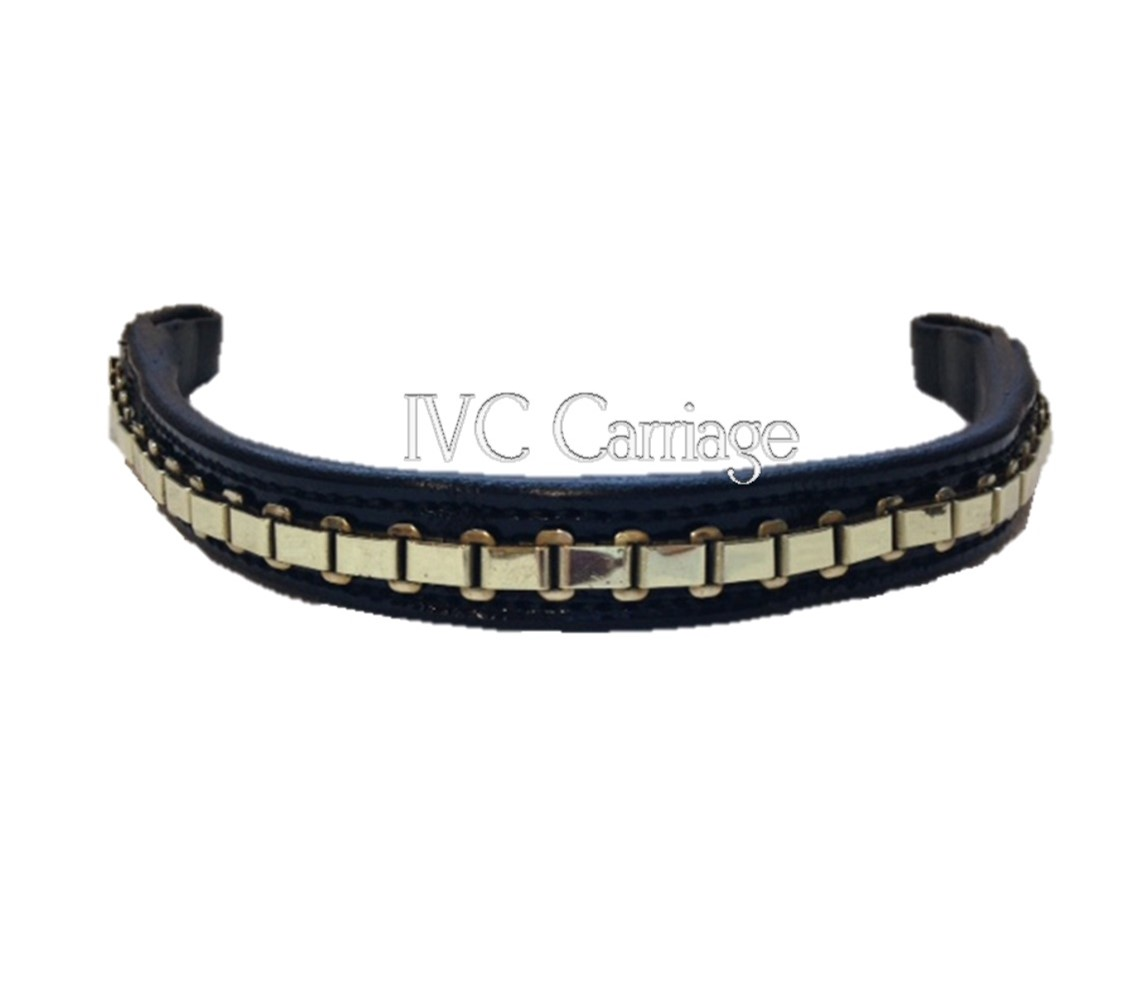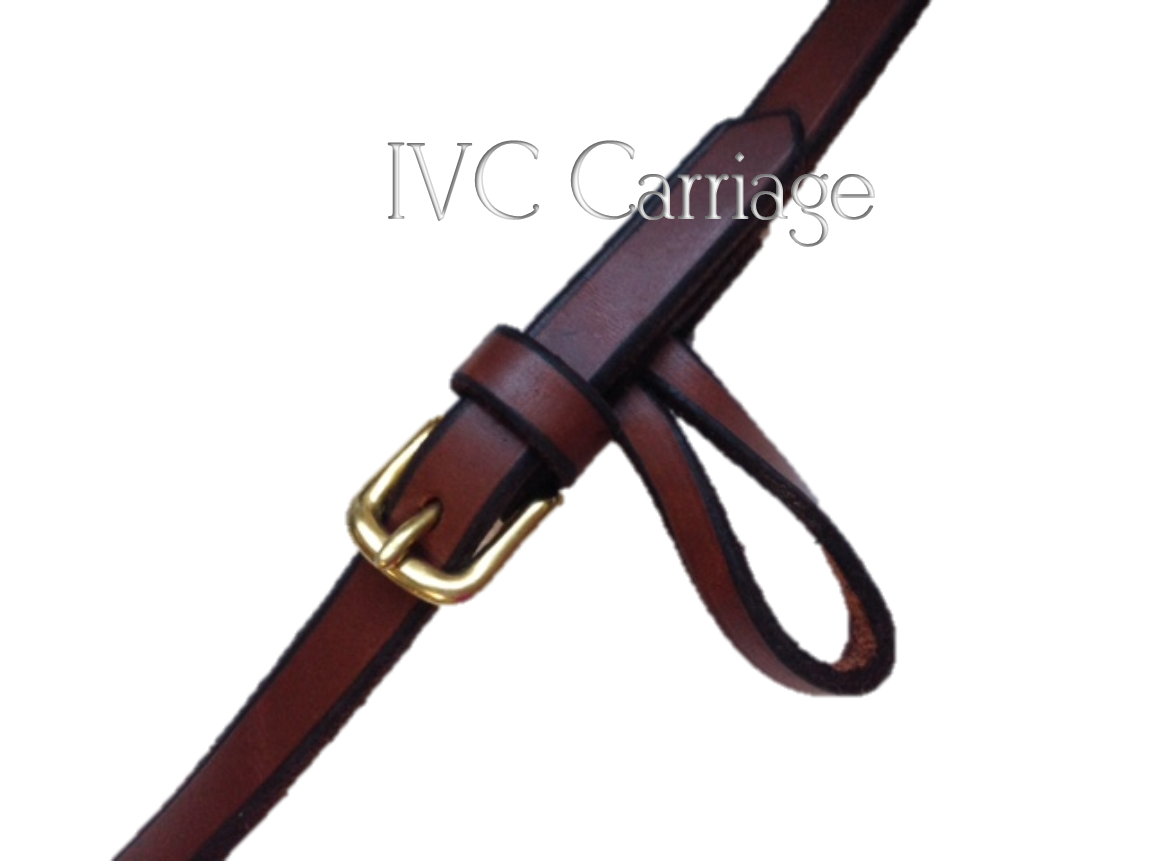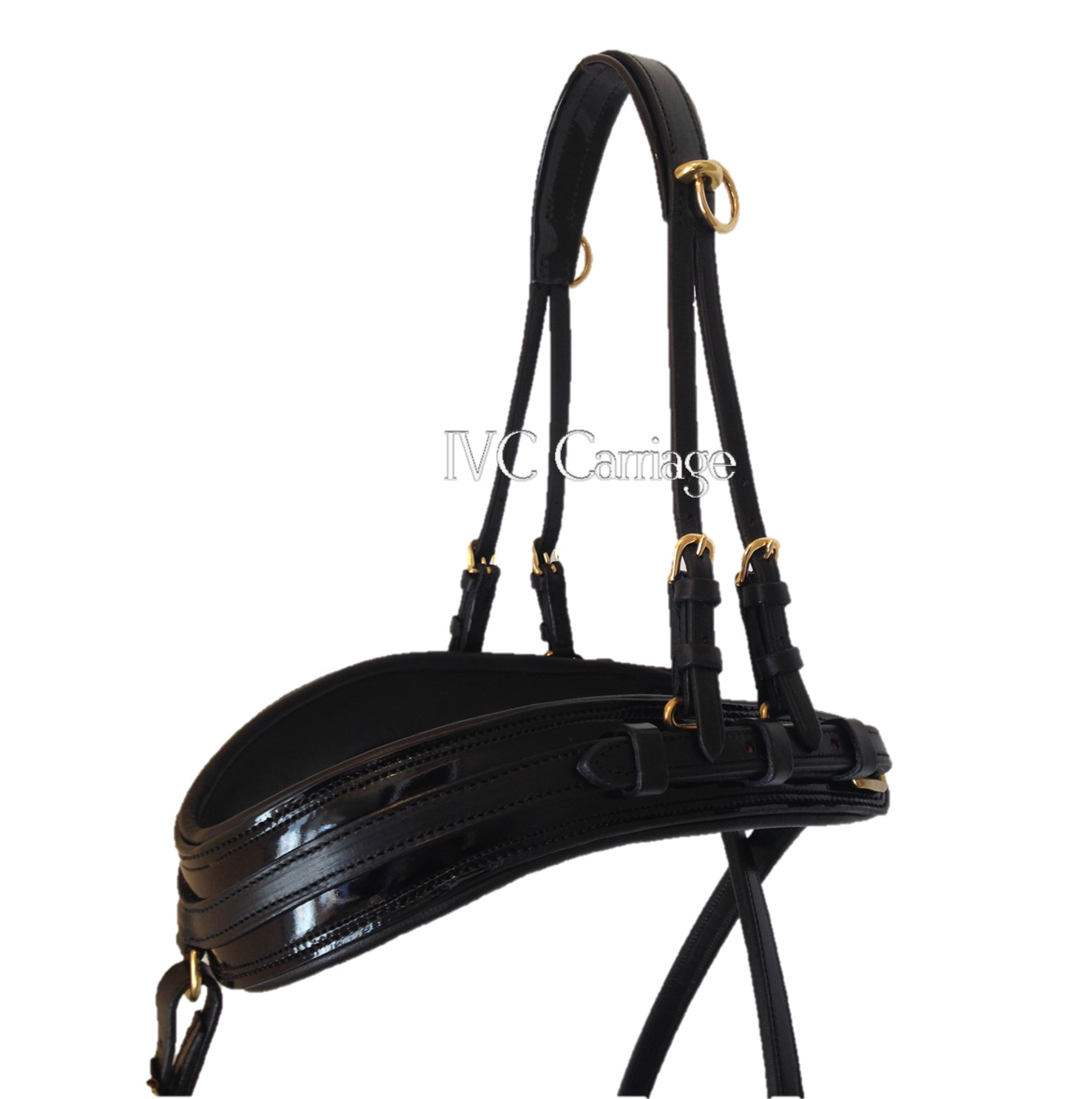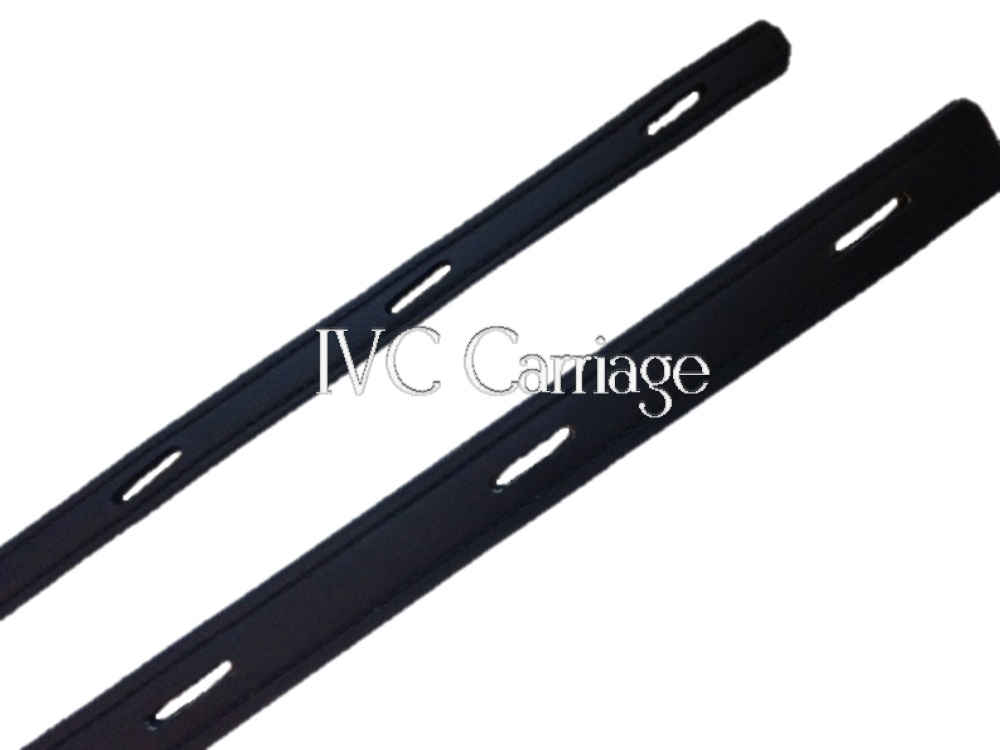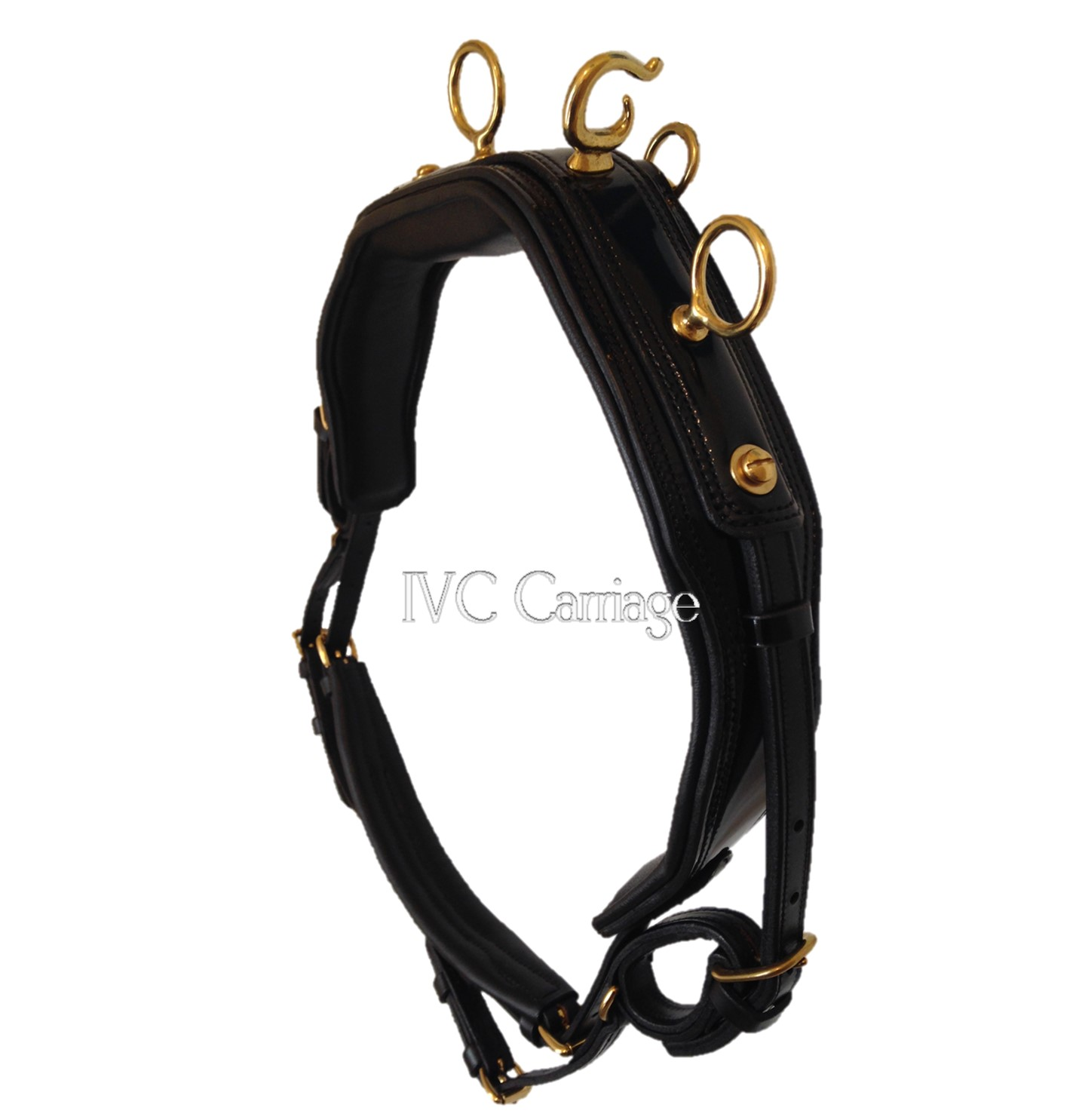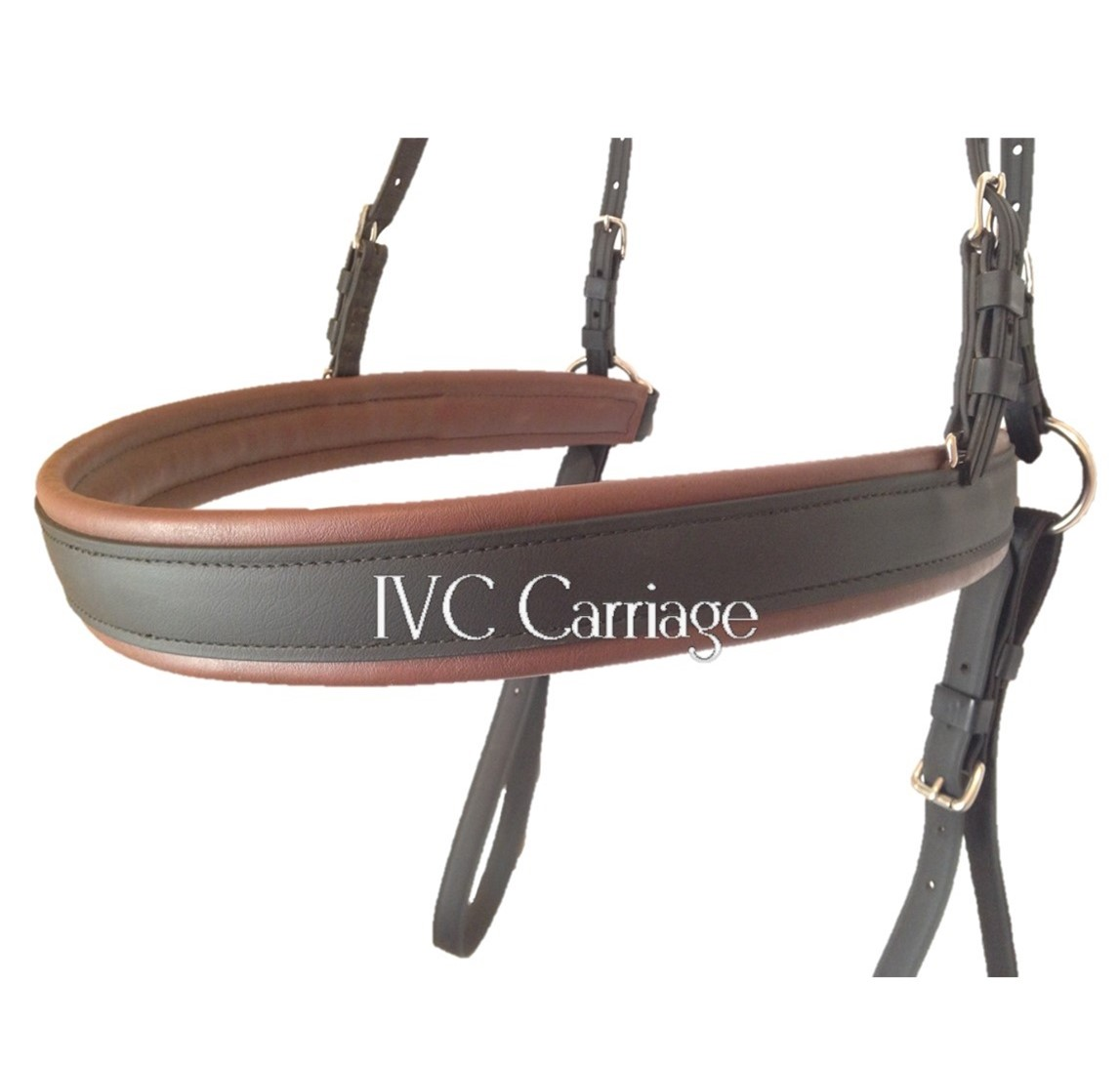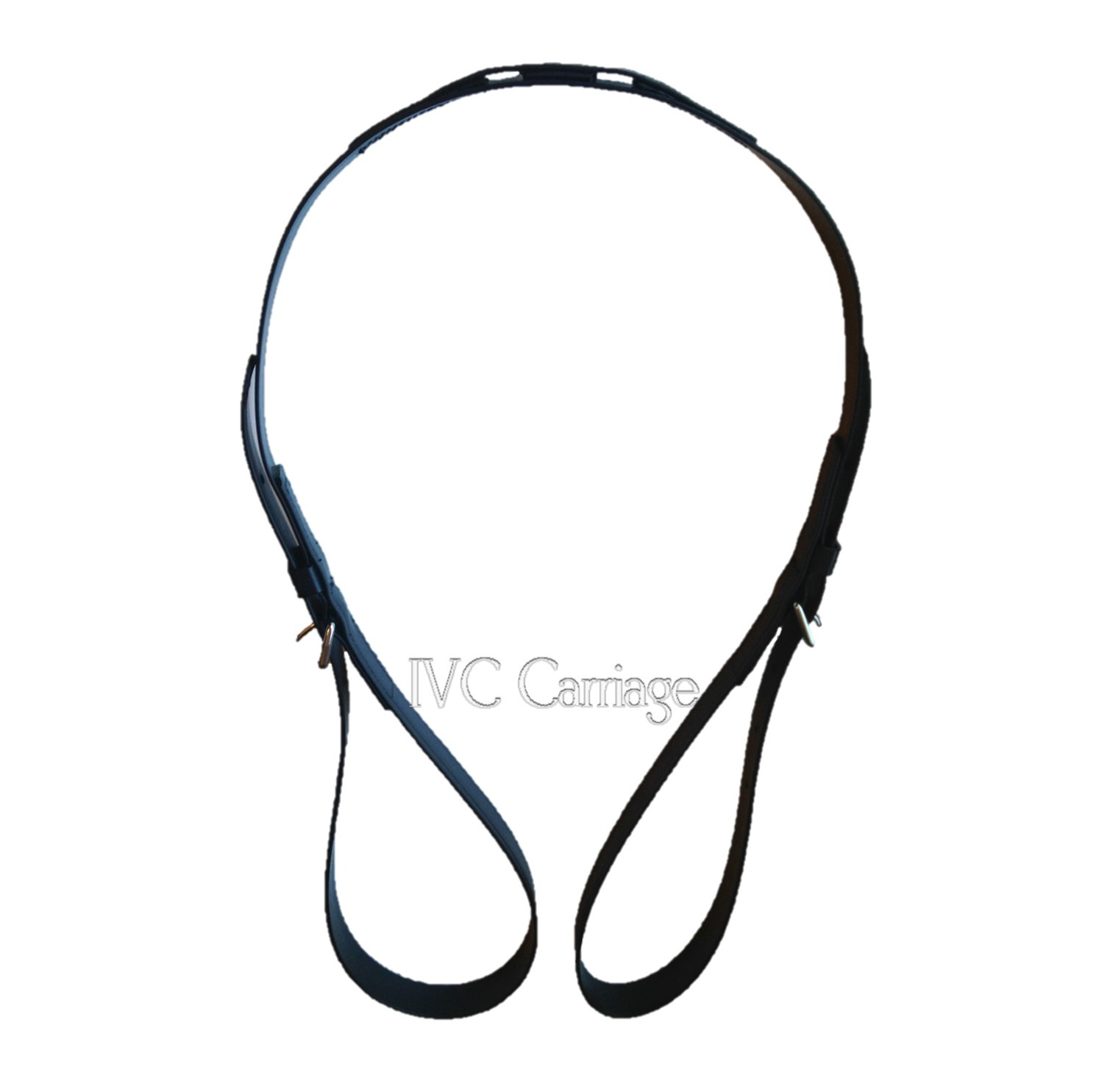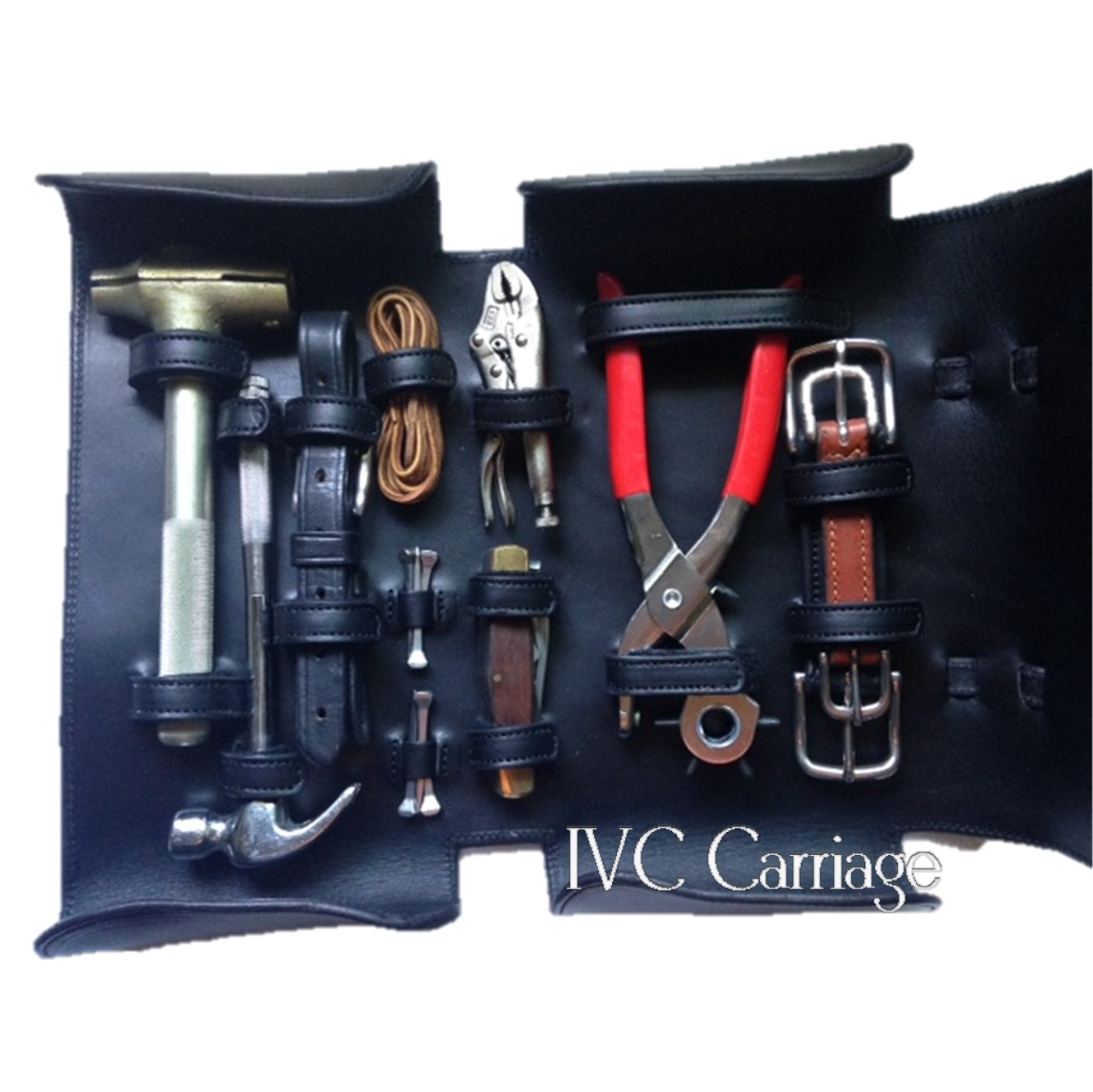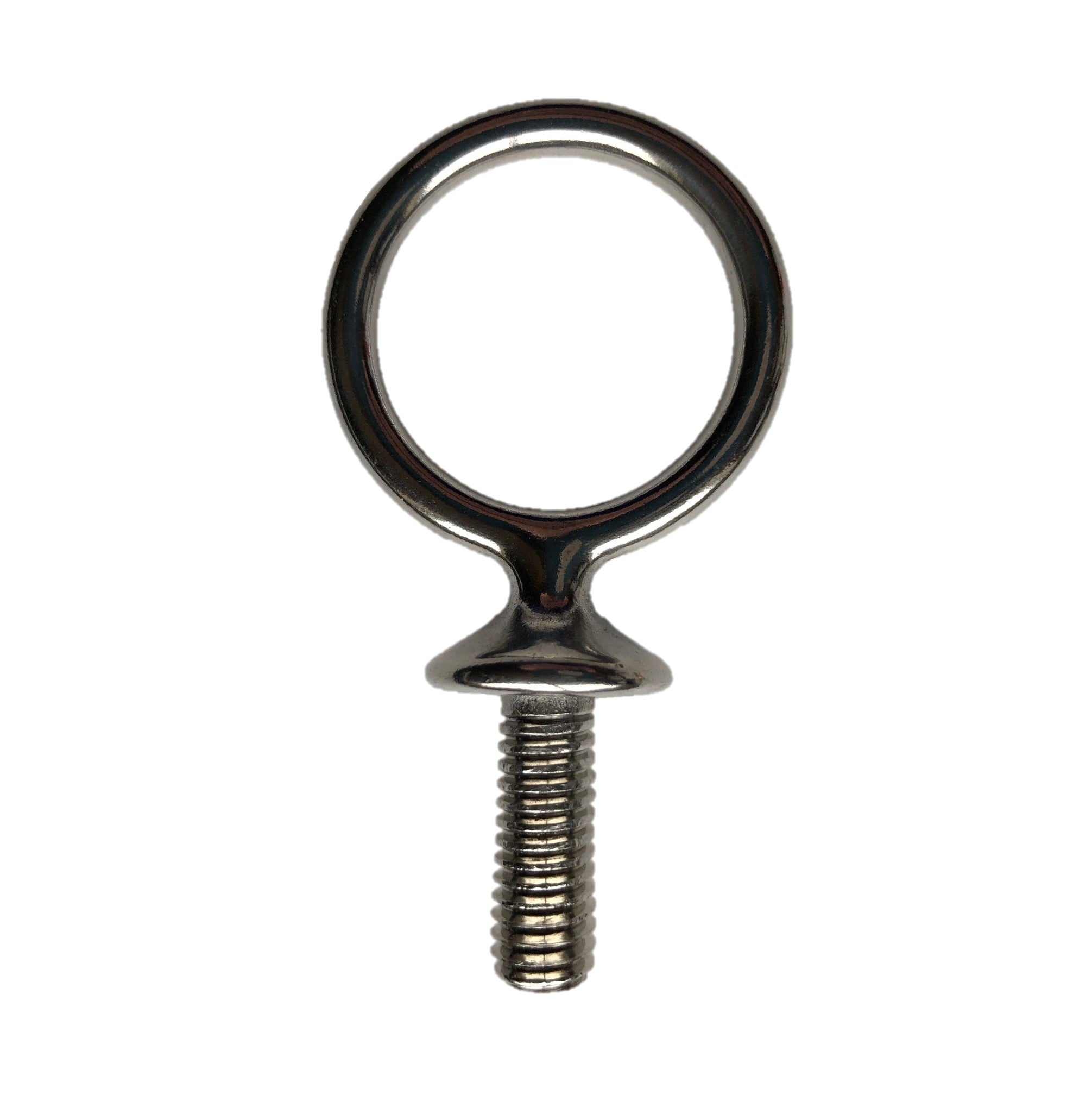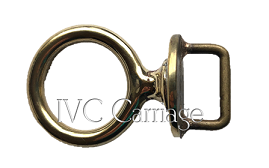Menu
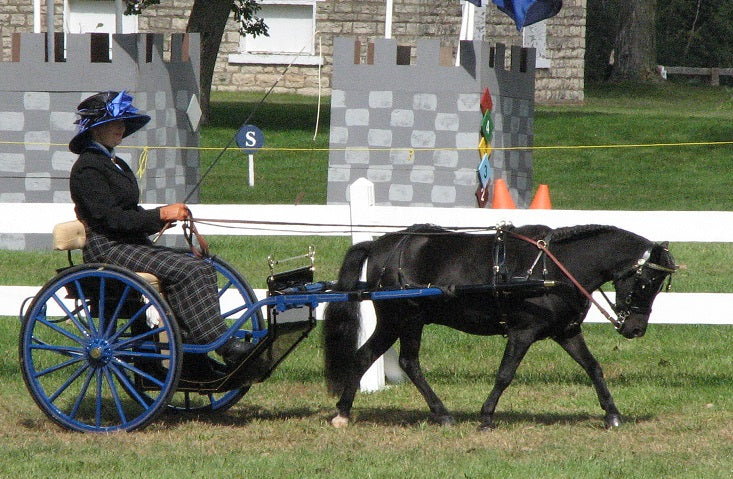
Going Behind the Bit
When the horse tucks his nose to “escape” the pressure of the bit, we call this “going behind the bit”. This can be a big challenge to overcome, and can be harder to deal with than the horse who seems like he will never give to the bit! What can be done to deal with this?
We have to remember that in the case of bitting, there are a number of factors that we need to consider. The first is obviously the horse’s mouth and head conformation, level of training, and personal preferences. The second is the severity of the chosen bit. The third is driver’s level of experience and typical amount of contact pressure (s)he typically uses. A very experienced driver can get away with using a bit that would be considered more severe in stronger, less experienced hands because (s)he knows how to adjust the amount of contact pressure that horse needs. On the other hand, if a less experienced driver tends to be more timid and meek in the rein/bit contact, a horse with a mild bit may take advantage of them. The chosen bit needs to work not only with the horse but the driver as well!
Our first reaction to a horse who is looking for less pressure is to give him less pressure! We normally start by reducing the contact, reducing the severity of the bit in the rein setting, or changing the bit altogether. In many cases, this can resolve the problem, especially if the horse was trained in a more severe bit than he needs or the driver tends to take up more contact than necessary. In the case of the driver who tends to “hang” on the horse, the driver needs to learn different contact strategies to overcome the horse being behind the bit. This is something that needs to be discussed with your instructor.

When my gelding has gone behind the bit, the first thing do is push him forward. This produces more engagement of the hind end and gets him back onto the bit. If that doesn’t work as well as I want, I “pop” his head back up with short, swift half-halts. We want to make the wrong thing hard and the right thing easy. When the horse comes back “up”, I quit popping, therefore rewarding this behavior of coming back into my hand.
Ironically, some people unknowingly produce the horse’s behavior of going behind the bit by loosening the contact and throwing away the rein, therefore giving the horse what it wants. If the driver and/or the trainer has determined that the horse is fairly comfortable with the bit and it isn’t being yanked or held by the driver, then the driver needs to make sure they aren’t training the horse to go behind the bit by the horse training the driver to let go completely!
We have to recognize that there needs to be a willing compromise between driver and horse for the best possible partnership. The horse needs to be willing to take up contact and give to the bit because we can’t effectively drive with no contact, but we also need to be willing to adjust our contact pressure to what works for a particular horse and his level of training. We also need to be willing to “give” with the hand when necessary to produce a reward for the horse. We need to be willing to listen to their opinion on which bit they like and that they respond to well, and make adjustments based again on his level of training as well as his level of conditioning. All of this is beyond the scope of this article, so again this article’s purpose is to introduce you to a different thought process and potential methodology. There is no “magic button” that an article can tell you to deal with the problem. A trained set of eyes on you and your horse is the best way to give suggestions to deal with your horse going behind the bit, because as is mentioned above, there are many factors to consider.
- Choosing a selection results in a full page refresh.

